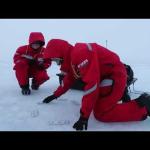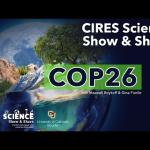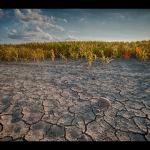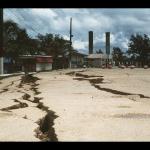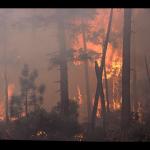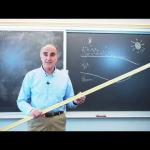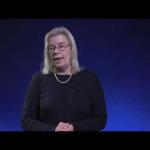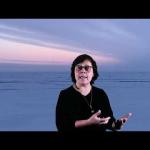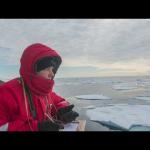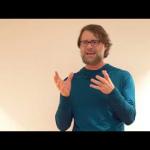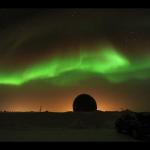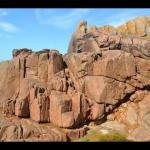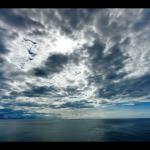Earth Science Stories
Join Lianna Nixxon aboard the Multidisciplinary Drifting Observatory for the Arctic Climate (MOSAiC) Expedition. This planetarium film was rendered in 2D to be viewed on YouTube.
Planetarium Film
Science Content Video
Science Show and Share
This webinar is part of a four-part series on life at McMurdo Station, Antarctica. Watch this stand-alone video on the upper atmosphere or watch all four webinar recordings.
Recorded Science Talks
Science Show and Share
In this video, Maxwell Boykoff and Climate Literacy and Energy Awareness Network (CLEAN) program coordinator Gina Fiorile inspire teachers and other audience members by describing the work that scientists and climate activists are doing worldwide.
Science Show and Share
In this stand-alone webinar, Dr. Hoell presents on Flash Droughts.
Science Show and Share
In this stand-alone webinar, Learn about seismology with Mel Zhang, in this 30-minute webinar on seismology - what it is and how Mel got into it.
Science Show and Share
In this stand-alone webinar, Joshua (Shuka) Schwarz is a research scientist in NOAA's Chemical Science Laboratory, talks about wildfire, crop burning smoke, and what it's like to be a scientist.
Science Show and Share
This video is part of a collection - “Frozen in the Ice: Exploring the Arctic." Check out the MOSAiC page for more details.
In this specific lesson, Dr. Donald Perovich discusses sea ice mass balance. You'll learn about the data collection tools used by MOSAiC scientists including stakes, temperature strings, and autonomous buoys that measure Arctic ice melt and growth through the seasons.
Science Content Video
This video is part of a collection - “Frozen in the Ice: Exploring the Arctic." Check out the MOSAiC page for more details.
In this specific lesson, Dr. Gunilla Svensson explains how important Earth system models are to understanding where both global and Arctic climate systems are headed. You'll also learn about the key role MOSAiC's modeling team plays in the expedition.
Science Content Video
This video is part of a collection - “Frozen in the Ice: Exploring the Arctic." Check out the MOSAiC page for more details.
In this specific lesson, Dr. Amy Solomon will teach you about her role in MOSAiC in coordinating international forecasting efforts. Data collected in the Arctic during the expedition form the basis of more accurate regional and global models in the future.
Science Content Video
This video is part of a collection - “Frozen in the Ice: Exploring the Arctic." Check out the MOSAiC page for more details.
In this specific lesson, Dr. Wieslaw Maslowski explains the process of formulating regional models of the Arctic. You'll learn about the relative benefits of such models compared to those at the global scale.
Science Content Video
This video is part of a collection - “Frozen in the Ice: Exploring the Arctic." Check out the MOSAiC page for more details.
In this specific lesson, Dr. Amy Solomon defines process modeling as an iterative process between observations and theory. You'll learn with specific examples how scientists in both the SHEBA and MOSAiC expeditions move through this process in their work.
Science Content Video
This video is part of a collection - “Frozen in the Ice: Exploring the Arctic." Check out the MOSAiC page for more details.
In this specific lesson, Dr. Matthew Shupe breaks down the work of MOSAiC's atmosphere team. Following team goals and using such tools as lasers, radar technology, and weather balloons, scientists can better understand the Arctic system (air, ice, and sea) as a whole.
Science Content Video
In this webinar recording, Dr. Rick Saltus, and Dr. Neesha Schnepf presented on their recent research in geomagnetism and talk about their crowd-sourcing app: CrowdMag
Recorded Science Talks
Science Show and Share
In this stand-alone webinar recording, Dr. Peter Martin presented on his research in and of New Guinea. In particular, when did it form and how it impacted historical climate change.
Science Show and Share
In this stand-alone webinar, Dr. Elizabeth Thompson discussed how learning about weather can also teach us a lot about the ocean.
Science Show and Share
